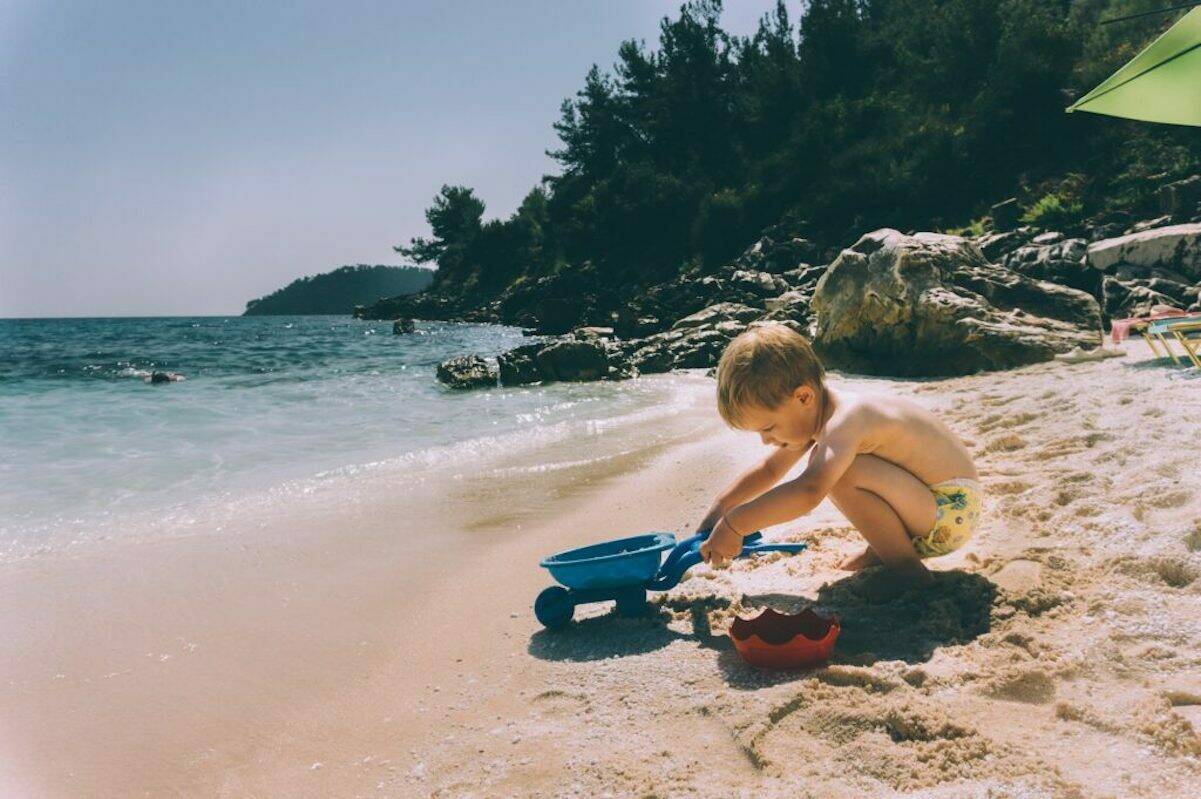School’s out and summer vacation is here. Kids are using the holiday to escape the heat in pools, lakes, and oceans. With that Dr. Ian Pike is sharing water safety tips so that the only thing parents have to worry about is the sunscreen.
When the right precautions aren’t taken, swimming and other water activities can be risky, especially for babies and young children who can drown in as little as an inch of water— in a matter of seconds.
Pike said that the biggest misconception when it comes to drowning is that it makes a lot of noise.
“In reality, drowning is quite silent. Oftentimes, the person is struggling just under the surface of the water, unable to call out for help,” Pike said in a statement.
“Another big misconception is that drowning takes time. Drowning usually happens quickly. In children, it can be a matter of seconds.”
Pike also said that while most drownings occur in natural bodies of water, the biggest drowning hazards for kids are in their own home. He said that is important that children swim under adult supervision.
READ MORE: Many lake enthusiasts in North Okanagan, Shuswap break laws over summer
“While we fortunately do not see a large number of child deaths from drowning each year, we do see many cases of near-drownings, which can have life-long health effects, like brain damage,” Pike said.
Pike is the director of the BC Injury Research and Prevention Unit, which is a leader in the production and transfer of injury prevention knowledge, supporting the integration of prevention practice into the daily lives of British Columbians.
He recommends putting children into swimming lessons, learning how to administer CPR, and to put a personal flotation device (PFD) on kids if they’re swimming in open water.
“Water wings and other popular floaties for kids are simply toys. And while they can be fun for very young children, they are not a substitute for a safety device,” Pike said.
“We recommend wearing a PFD or lifejacket when in, on and around the water.”
Prevention practice doesn’t need to be difficult. Pike also said it can be as simple as just supervising children in the water.
“Don’t get distracted. Put your phone or book down and play with your child in the water,” Pike said.

